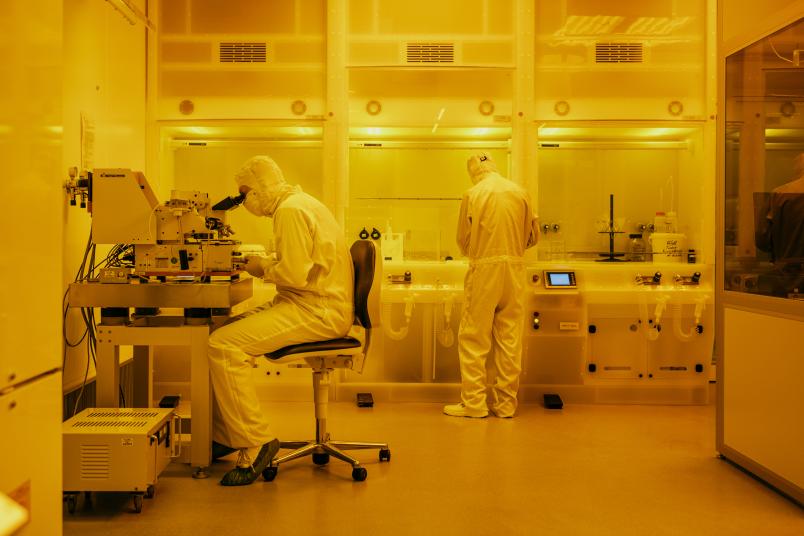
Microsystems Technology
Moving Components in Miniature
Electromagnetic engines can’t be reduced to just any size. It takes clever engineering tricks to generate active movement in miniature format. Researchers in Bochum are constantly coming up with new technologies.
Over the years, a great many technical components have been shrunk in size. But miniaturization reaches its limits when tiny systems are supposed to move actively, because conventional electromagnetic motors become inefficient when reduced to miniature format. Researchers from the Chair of Microsystems Technology at Ruhr University Bochum, Germany, have therefore come up with clever tricks to set them in motion. Their systems are driven by electrostatic force. Applications range from measuring instruments for basic research on living cells to the construction of compact radar systems. The Ruhr University Bochum’s science magazine Rubin has published an article on their findings.
Methods from chip production
Using standard methods from microchip production, Professor Martin Hoffmann’s team in Bochum produces mini actuators consisting, for example, of a silicon substrate and water spheres. By applying a voltage to them, the researchers ensure that an electrostatic force sends the droplets rolling.
“There’s nothing special about making the water droplets move,” says Martin Hoffmann. “It has been done for a long time. Our aim is to use the droplets as rollers to transport or precisely align tiny objects.” The engineers from Bochum have already shown that the principle is feasible. They created a rolling mini table by attaching a square plate to four drops of water. “We have to apply a water-repellent layer to the underside of the plate to prevent it from getting wet,” explains Hoffmann. “Only the four corners have areas where the water adheres to the plate.” This is how the rollers are mounted on the plate.
Tiny zoom lens in the pipeline
Backed by the German Research Foundation, Hoffmann’s group now plans to refine this concept. One of their goals is to create a three-dimensional system in which the droplets move through a kind of high-bay warehouse. This would allow them to build a tiny zoom lens in which the droplet would be the lens that could be deformed and moved into different positions.